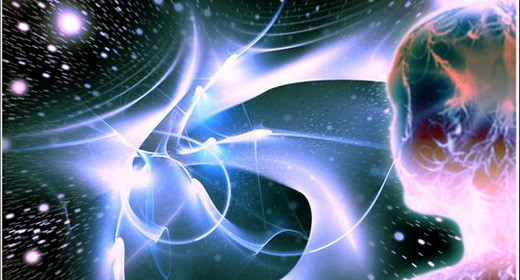The practices of hatha, laya and kriya yoga employee literally hundreds of individual techniques to purify the channels and awaken kundalini.

Despite this tremendous divesity of approaches to the awakening of kundalini there are only a few underlying models of how kundalini may be awakened with effort in these practrices. The following description draws from the classical texts on kundalini yoga the Nath and Tantric Buddhist lineages as well as on contemporary instruction by American, Indian and Tibetan masters of kundalini yoga. For each model of the process of kundalini yoga a little additional yogic terminology will be required.
The description of kundalini given earlier suffices for general purposes; however, if one wishes to practice the kundalini yogas a more detailed description is necessary. In fact there are a number of highly related yogic concepts which must be understood. Kundalini is often associated with a fierce hot energy. In the hatha yogic terminology of the Nath tradition this energy is known as rajas and also as surya. In the tantric Buddhist tradition this energy is known as red bodhicitta and also as candali in the Sanskrit language or as gTummo in Tibetan. The word gTummo literally means “the fierce woman.” The association between kundalini and a fiery energy runs so deep that this fiery energy is often considered to be synonymous with kundalini. Strictly speaking these two energies are separate; however, whenever the fiery surya energy is activated then kundalini stirs and and often when kundalini stirs the fiery energy is also activated. So while these energies are not equivalent, from a practical standpoint the activation of one energy will most often result in the activation of the other.
The most universal description is that kundalini is awakened by the uniting of the “winds” or “energies” of prana and apana. Prana is the life-giving energy associated with inspiration. It is associated with feelings of expansion and its center is in the heart. Apana is the downward-voiding energy associated with defecation. It is associated with feelings of contraction and its center is in the anus. The uniting of these two very different forces creates a “spark” which awakens the kundalini from its slumber.
Another description is that kundalini is awakened through the uniting of the energies of the two channels of ida and pingala. The ida and pingala are two side channels which run parallel to central channel, the sushumna, on its left and right sides respectively. The ida channel is associated with a cool energy that descends from the crown of the head. The pingala channel is associated with a hot energy that ascends to the crown. From the yogic viewpoint ordinary waking consciousness our winds or energies run in these two side channels and as a result our minds are unsteady and prone to anger, greed and delusion. The kundalini yogin aims to cause the energies to move out of the ida and pingala and into the sushumna. When this occurs the knots which hold the kundalini energy in place are loosened and the kundalini is able to rise.
A similar description is that kundalini is awakened through the uniting of the two bindus of rajas and retas. First of all bindu, or literally “drop”, means a constituent of the subtle body. The bindu rajas is associated with the egg (or sometimes menstrual blood) of woman but it more fundamentally refers to a subtle constituent of both the male and female body. In some texts it says that this constituent resides at the navel. In other texts it says that it resides near the perineum. The Tantric Buddhists call this constituent “red bodhicitta” or literally the “red mind-of-enlightenment.” Whatever it is called, this constituent is associated with a fiery red energy that rises. It is also associated with the sun. One may also find other associations such as the “red lion” of alchemical traditions.
The complement to rajas is retas or shukra. The bindu retas is associated with the sperm of man but like rajas it more fundamentally refers to a constituent present in both men and women. Classical texts are in agreement that this resides in the subtle body at the crown of the head. The Tantric Buddhists call this constituent “white bodhicitta” or literally the “white mind-of-enlightenment.” Whatever it is called this constituent is associated with a cooling white energy and is associated with the cooling rays of the moon. One may also see associations with the “white eagle” of alchemical traditions.
In summary, the fundamental approaches to awakening kundalini are through the uniting of the prana and apana, or through the uniting of the rajas and retas.

















































